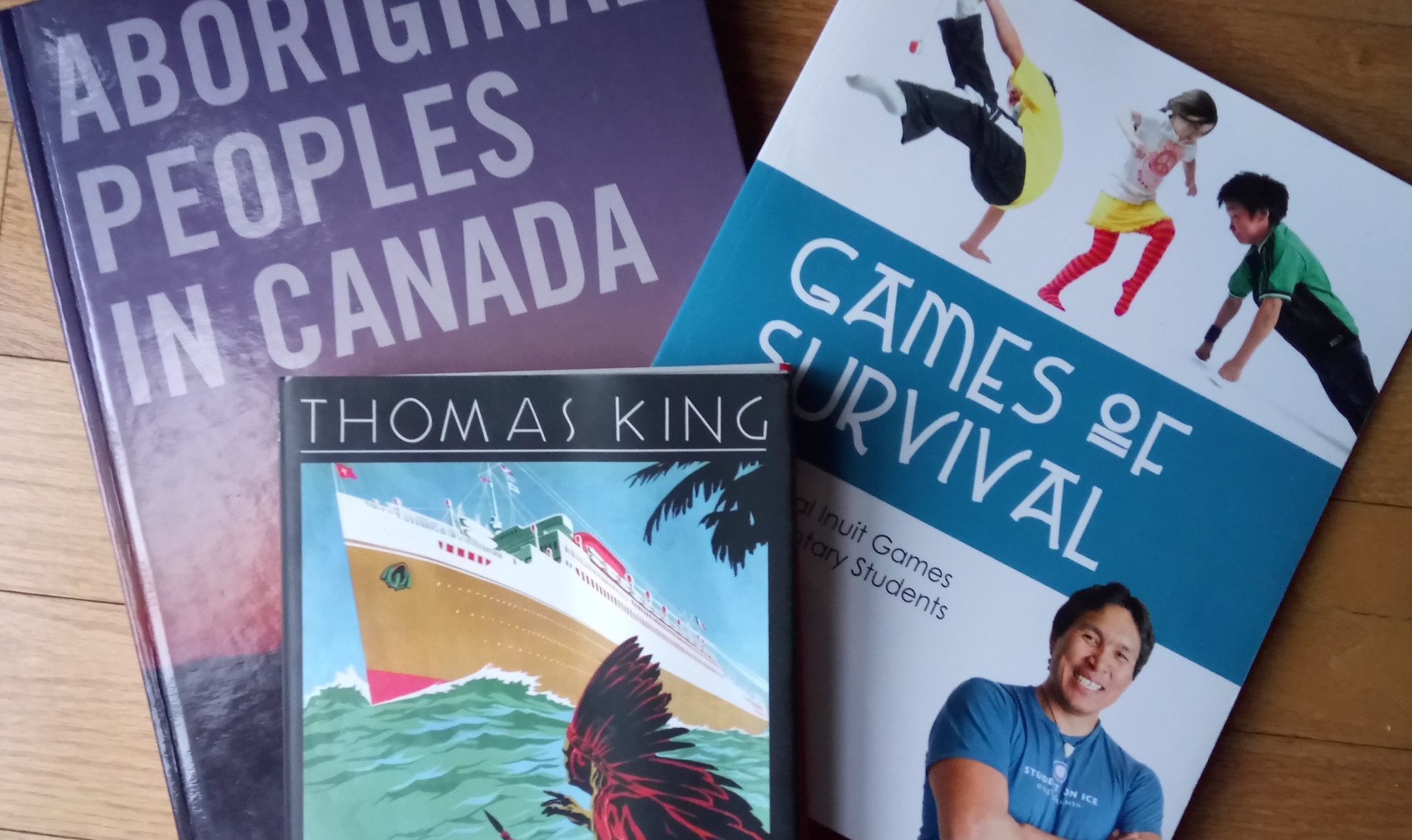A few weeks ago I received a request from a school to come and speak about where, when, and how specific pieces of Indigenous content should be taught throughout the entirety of their school, and what competencies and student dispositions should be developed along the way.
Based on my coach training with Tammy Neilson at Creating Realities, and my knowledge of Collective Wisdom theory, I developed and facilitated a mapping exercise with the staff, that helped us see what was already happening in the school, and think through what next steps might look like based on their strengths and supports.
I left that room energized and excited about the work being done at this school and I wanted to share two quick things which I took from this experience:
(1) If you as a teacher/administrator/staff team feel lost on when to teach what and where and by whom, you are not alone. Even teachers who have been doing strong and non-appropriative learning and teaching in this area for years are often left wondering where to go next.
If you take a step back and look at the Ontario curriculum, Indigenous content is included in bits and pieces throughout the grades, with little intentional effort to create a coherent and comprehensive understanding of historic or contemporary Indigenous communities.
(2) While Indigenous voices need to be centered in our curriculum, this work is not just about learning about Indigenous peoples, their communities and perspectives. The Truth and Reconciliation Commission's Call to Action 63 iii states that the Council of Ministers of Education, Canada should focus on (among other things) "Building student capacity for intercultural understanding, empathy, and mutual respect" and this work also needs to be done in the classroom.
For me, as an educator, and guest on Turtle Island, this means understanding the full story of colonization on this land, and how my own story intersects with it.
As I learn my own story, I realize the importance of working with my students to uncover their stories, and how they relate to this history and present as well. Learning about the racist and oppressive policies in the Indian Act for instance, has helped my students and I dig beyond the veneer of Canada as a peaceful equal-opportunity country.
We have developed a deeper level of understanding as we compare and contrast what our ancestors were lawfully welcome to do while living in Canada, at the same time that "Indian" lives were monitored, restricted, punished, and oppressed for the exact same actions.
I left the mapping session impressed both by the amount teaching the staff at the school had already committed to about Indigenous histories and contemporary communities, their vision for what will come next, and their commitment to ensuring that when students leave their school, they will do so with a critical awareness of their identity and the history and present of colonization in Canada.
